Best laptops 2025: the top laptops you can buy today
Mac or Windows, premium or budget, here are the best laptop picks for work and play

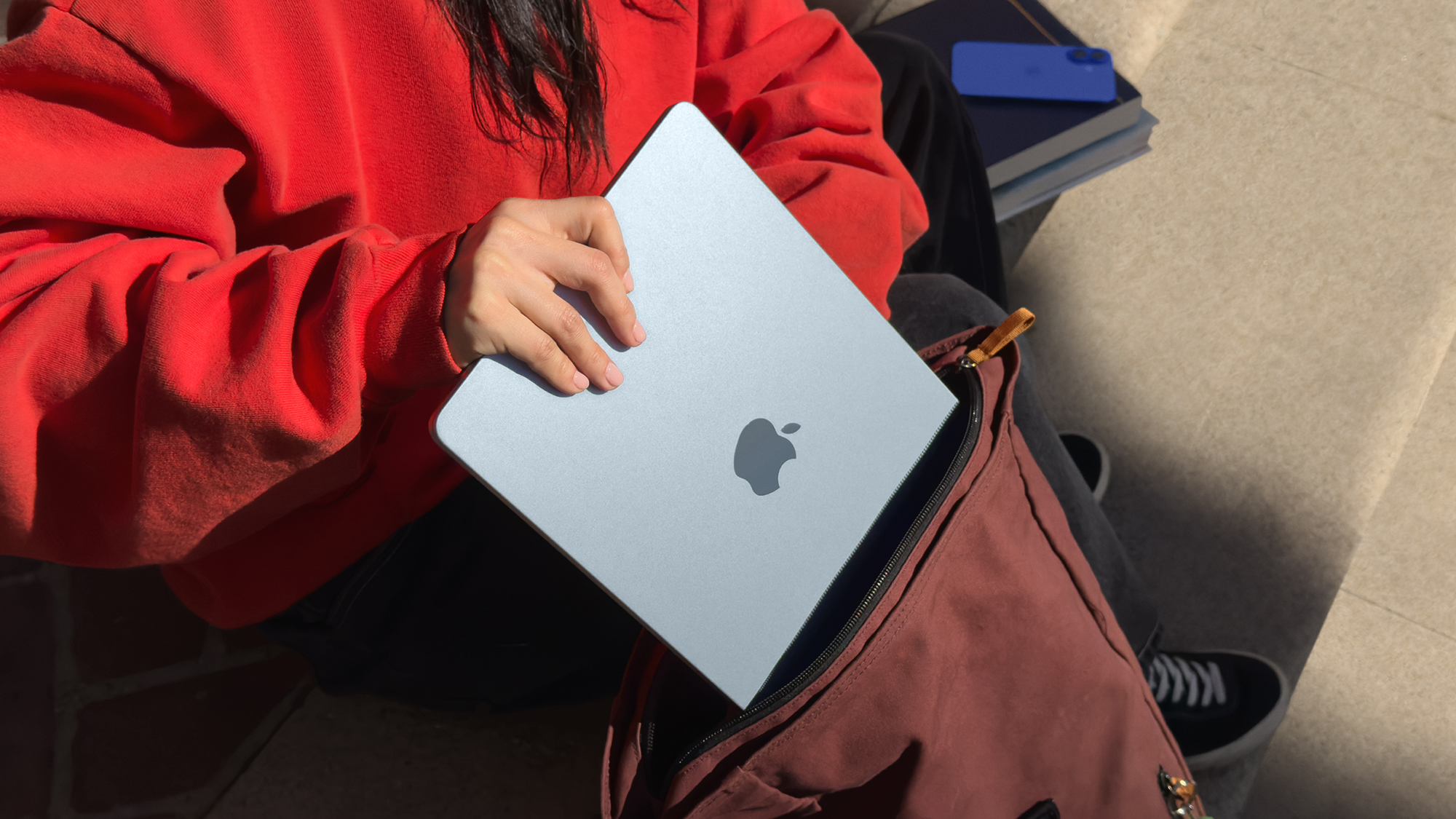
Shopping for one of the best laptops? You're in exactly the right place. I'll help you sift through the many great laptops on the market at the moment, across a variety of price points, platforms, and form factors.
Before you start shopping, it's important to consider what you want from a laptop, and what your priorities are. Performance over price? Portability over ports? There are quite a few decisions to be made here.
The expert reviewers here at T3 have spent a lot of time with a lot of laptops, so you can be sure that these really are the best of the bunch – and there should be something included in this list to suit everyone.
T3's Top Picks
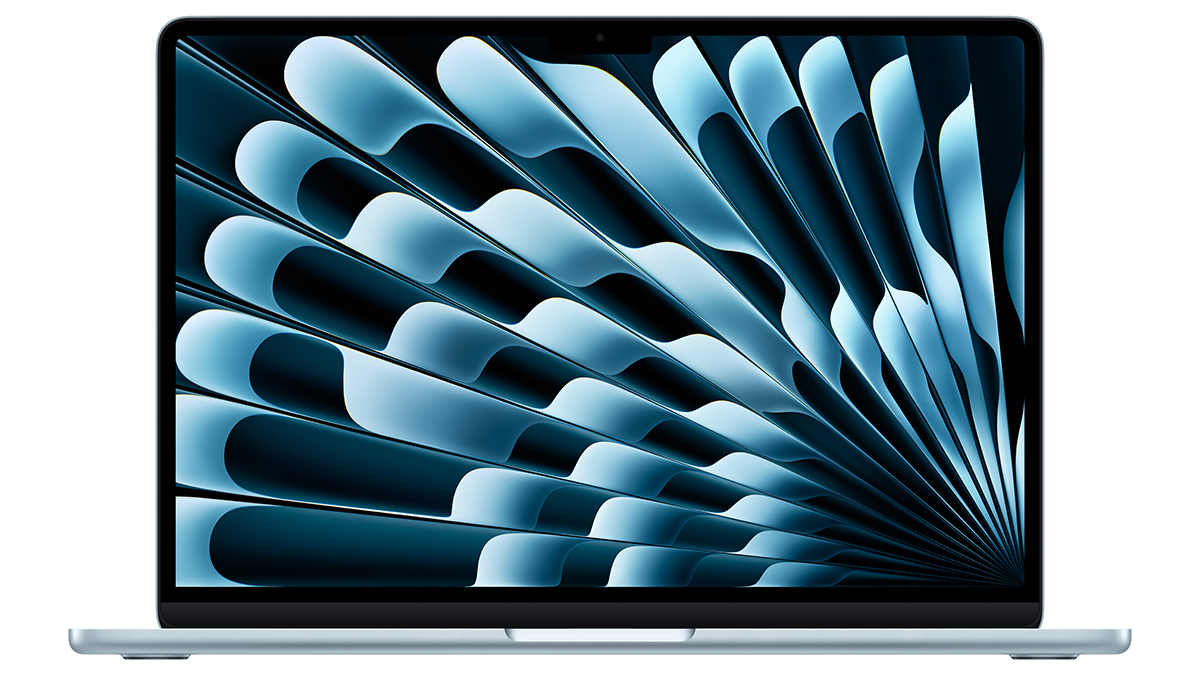
With superb battery life thanks to Apple silicon and a fanless design meaning total silence, the flagship MacBook Air is the best bet for most people, and especially Apple fans. You get superb performance from the M4 chip, and battery life is genuinely impressive.
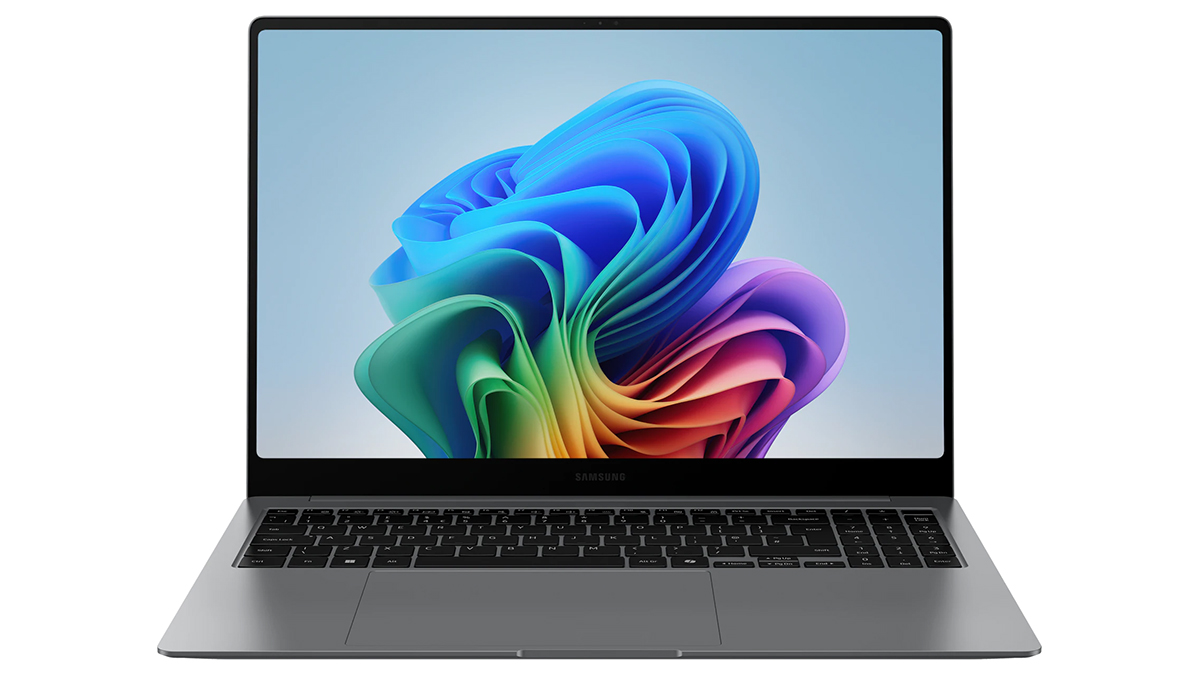
Our favourite Windows laptop at the moment is the Samsung Galaxy Book 5 Pro, and there are lots of reasons why: it looks fantastic, the screen really stands out and shines, and performance levels are great for most of the tasks you'll be tackling during the day.
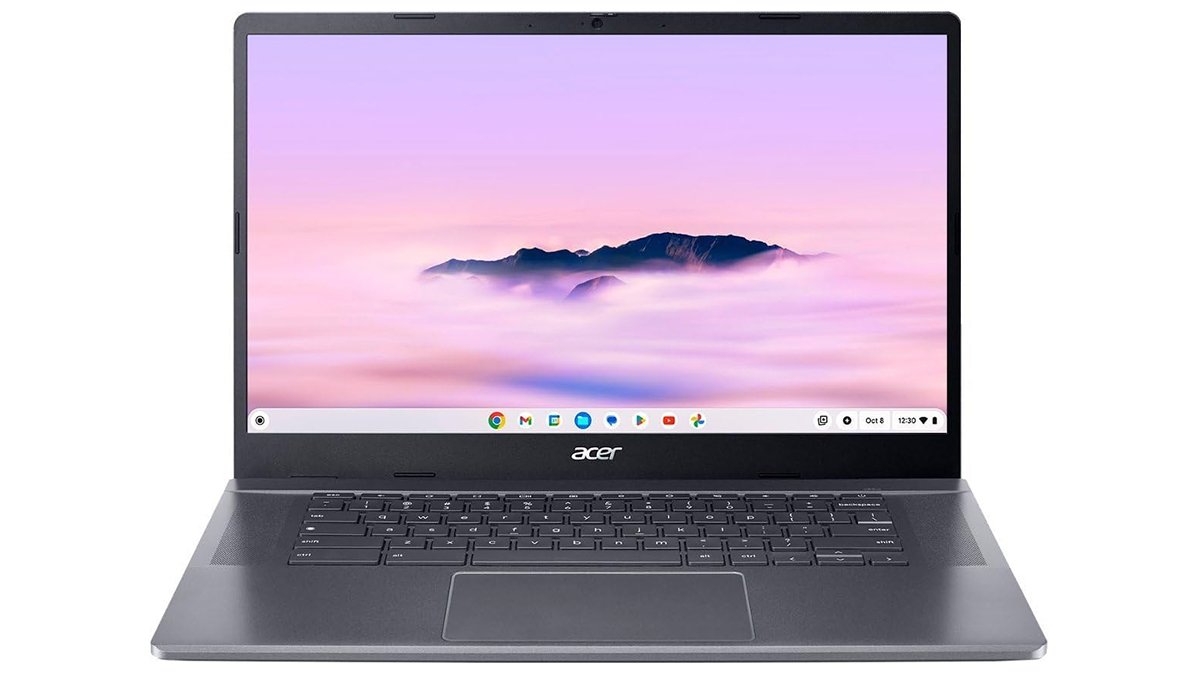
This Chromebook is neither Mac nor Windows – but it's also cheaper. It's ideal for students or those who have fewer demands from their workloads. If you do most of your computing in a browser and spend a lot of time in Google apps, then this is well worth considering.

Dave has been writing professionally about all kinds of apps and gadgets for more than 20 years – and that includes so many laptops that he's lost count of the number that he's reviewed. Here he'll guide you towards the best laptops you can buy today.
Update 25 November 2025: we're all set for shopping season, because we've given this best laptops guide a complete overhaul, with all the latest models and shopping advice you're going to need to make the perfect pick.
The best laptops in 2025
Best MacBook
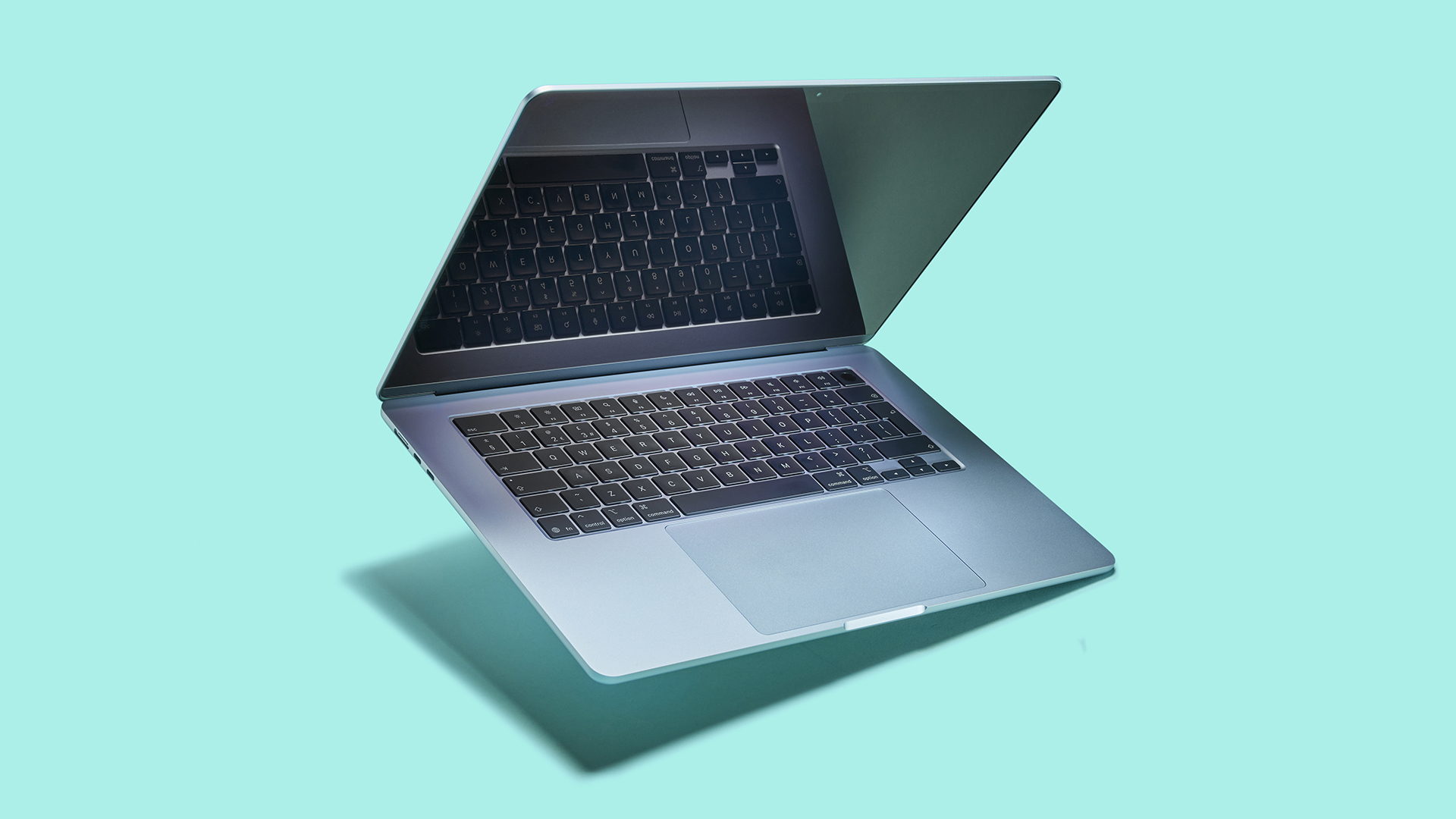
Specifications
Reasons to buy
Reasons to avoid
In our detailed Apple MacBook Air M4 review, we described this laptop as "more of a winner than ever" – reflecting both the strong series of MacBook Airs that have led up to this latest version, and the way that this M4 model has surpassed everything that came before it.
It quite simply excels in every area that's important for a laptop, from design and battery life to performance and extra features (such as the Centre Stage feature on the webcam that keeps you in shot at all times). There are virtually no flaws to talk about with this MacBook Air.
Assuming macOS is the platform you want to go for, you have the budget for it, and you don't need the extra processing power of the MacBook Pro (which most people won't, considering how powerful the M4 chipset is), this is currently the best laptop for most people.
Best Windows
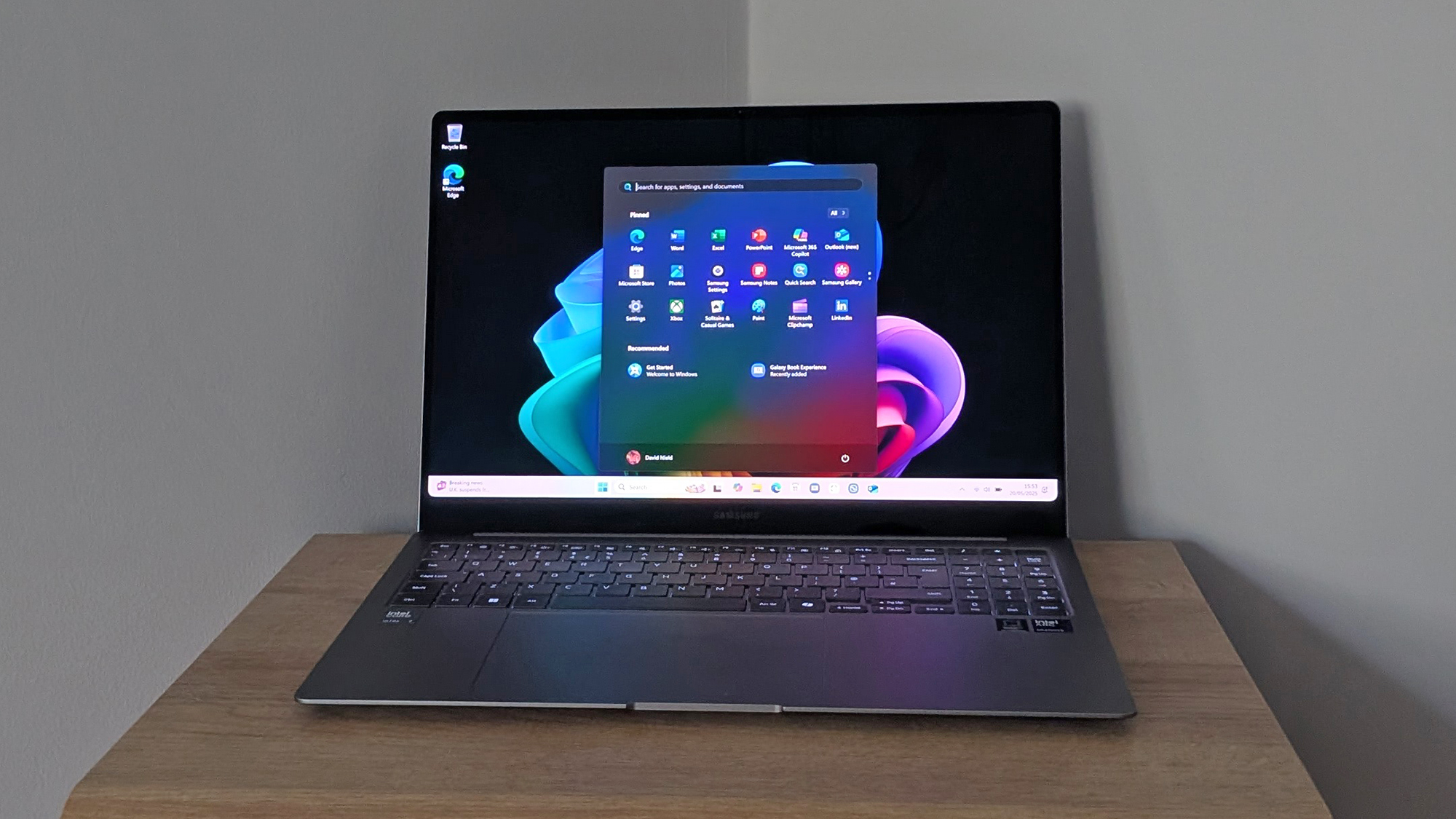
Specifications
Reasons to buy
Reasons to avoid
A quick glance at our Samsung Galaxy Book 5 Pro review will give you a few reasons why we love this laptop so much: it's very well put together, it gives you plenty in the performance department, it offers a generous selection of ports, and it's topped off by a great OLED Samsung display.
If you're looking for a Windows 11 laptop that has something of the style and suaveness of a MacBook made by Apple, then this definitely fits the bill. Samsung has done really well to keep this laptop thin and light, even though the screen size goes up to a generous 16 inches, corner to corner.
During its T3 testing, we were also impressed with the battery life of the device, and the fact the display is a touchscreen gives you that little bit of extra flexibility when it comes to inputs. There's nothing bad to say about the Galaxy Book 5 Pro, and it's our favourite Windows laptop right now.
Best budget
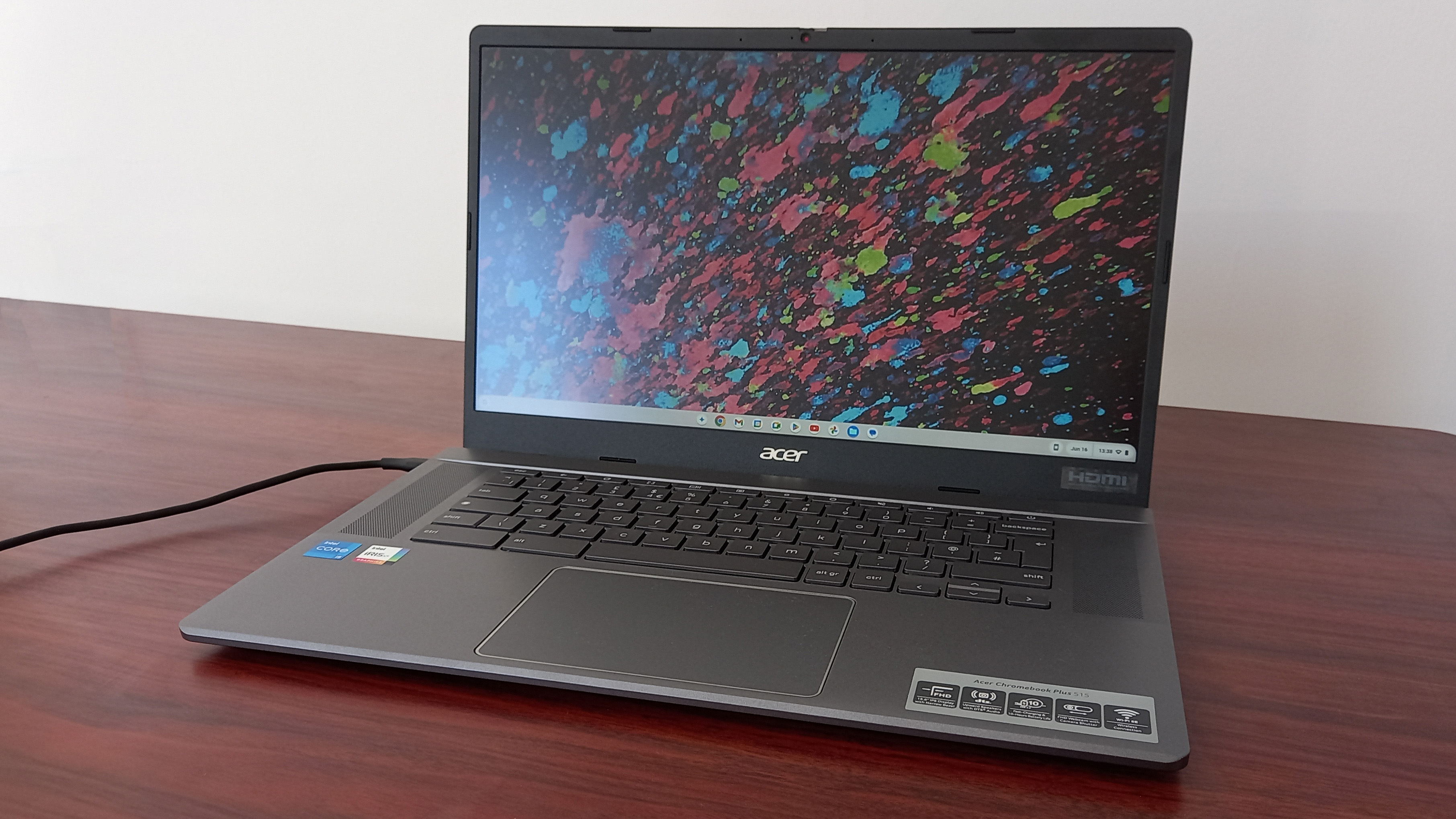
Specifications
Reasons to buy
Reasons to avoid
If you're in the market for a budget laptop, then a Chromebook is always a solid choice, and with the Acer Chromebook Plus 515 you have a very solid Chromebook. These ChromeOS devices are lightweight, easy to use, bloat-free, and able to run plenty of Android apps and games as well.
Need more convincing? Our Acer Chromebook Plus 515 review describes this as a "capable laptop at a bargain price", and "excellent value" thanks to its "fast performance" and "durable build". The screen is only 1080p in its resolution, but it's crisp and clear, and shows off everything well.
This laptop meets the Chromebook Plus criteria for a set level of performance and features, and it comes with Google Gemini on board as well as some other AI tricks. What really appeals though, is the affordable price: you get a lot of Google laptop here for not much money at all.
Best 2-in-1
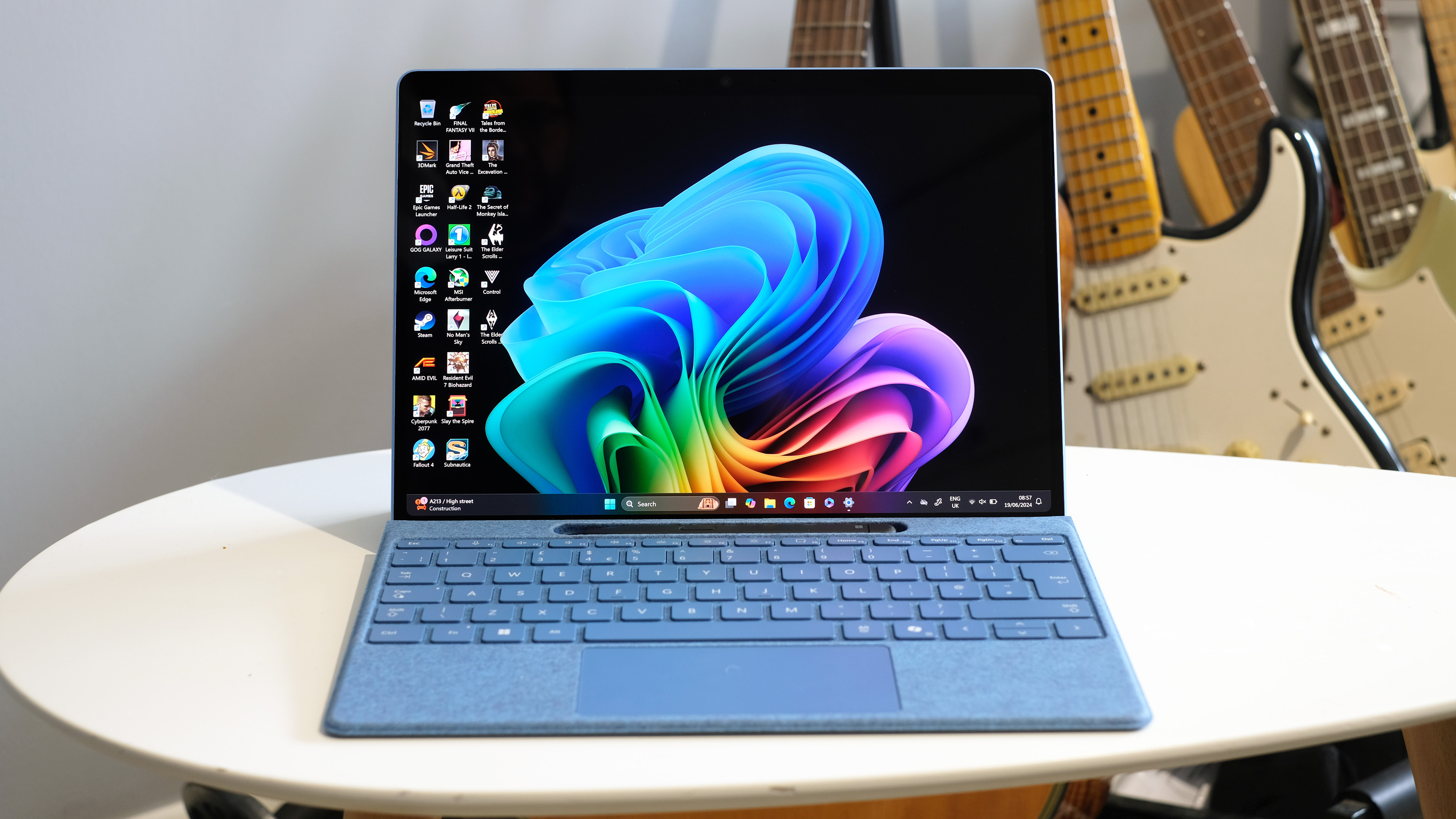
Specifications
Reasons to buy
Reasons to avoid
Microsoft is continuing to show the rest how it's done with the Surface Pro, now up to its 11th generation. It's the perfect tablet-laptop hybrid, and Windows 11 has now evolved enough that it can work well in both modes – and so this is a superb and refined portable workstation.
Our five-star Microsoft Surface Pro 11 review includes phrases such as "a brighter OLED screen" and "longer battery life", meaning it's a substantial upgrade over its predecessor, and it's really well put together. The keyboard is an extra cost that you'll have to pay, but we don't mind that.
Qualcomm's chipsets are now up to the stage where they can run Windows 11 comfortably, without the compatibility errors of years gone by, and if you add in a stylus as well then you've got an even more versatile device – a true 2-in-1 that impresses in every department.
Best for creatives
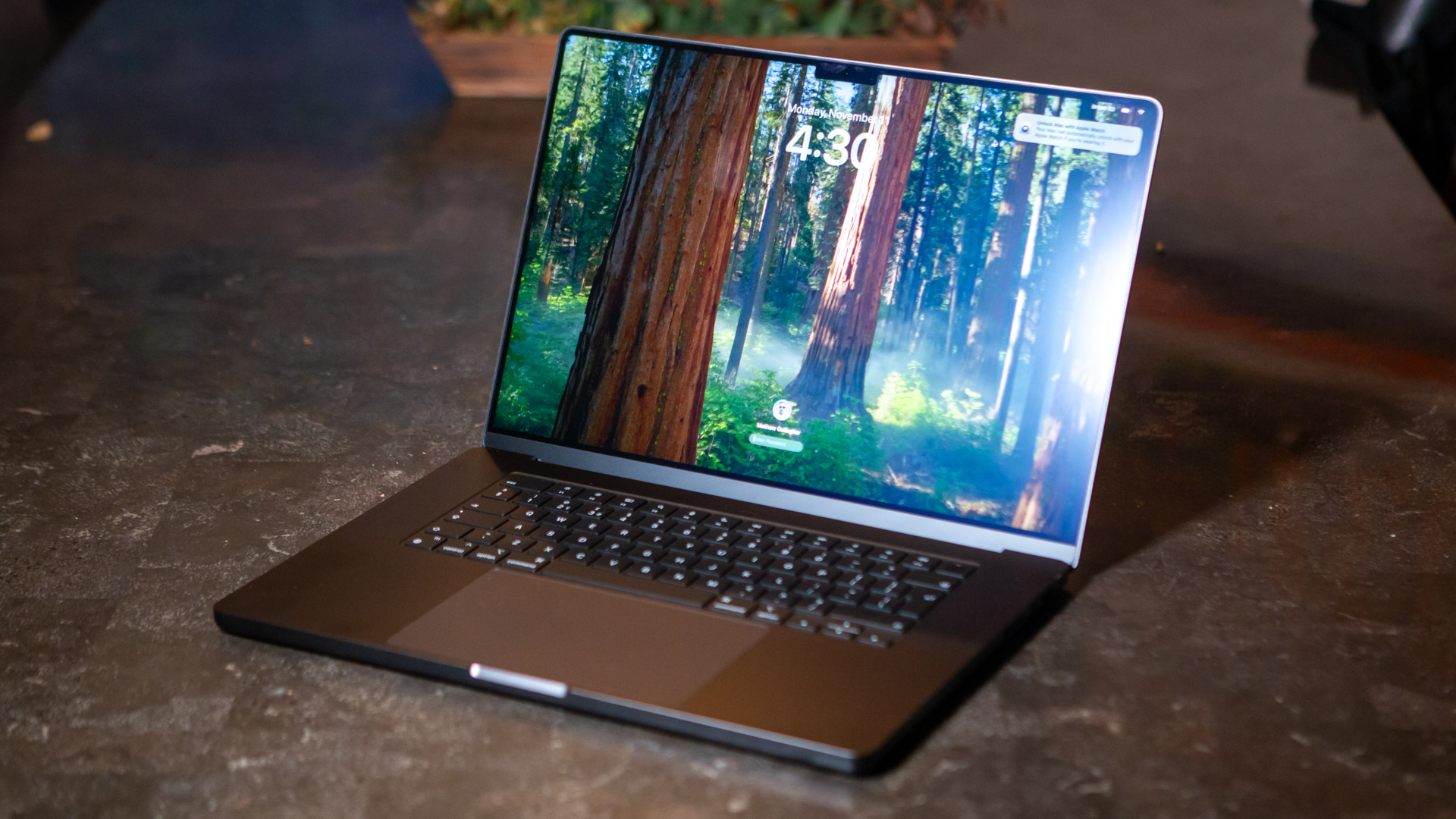
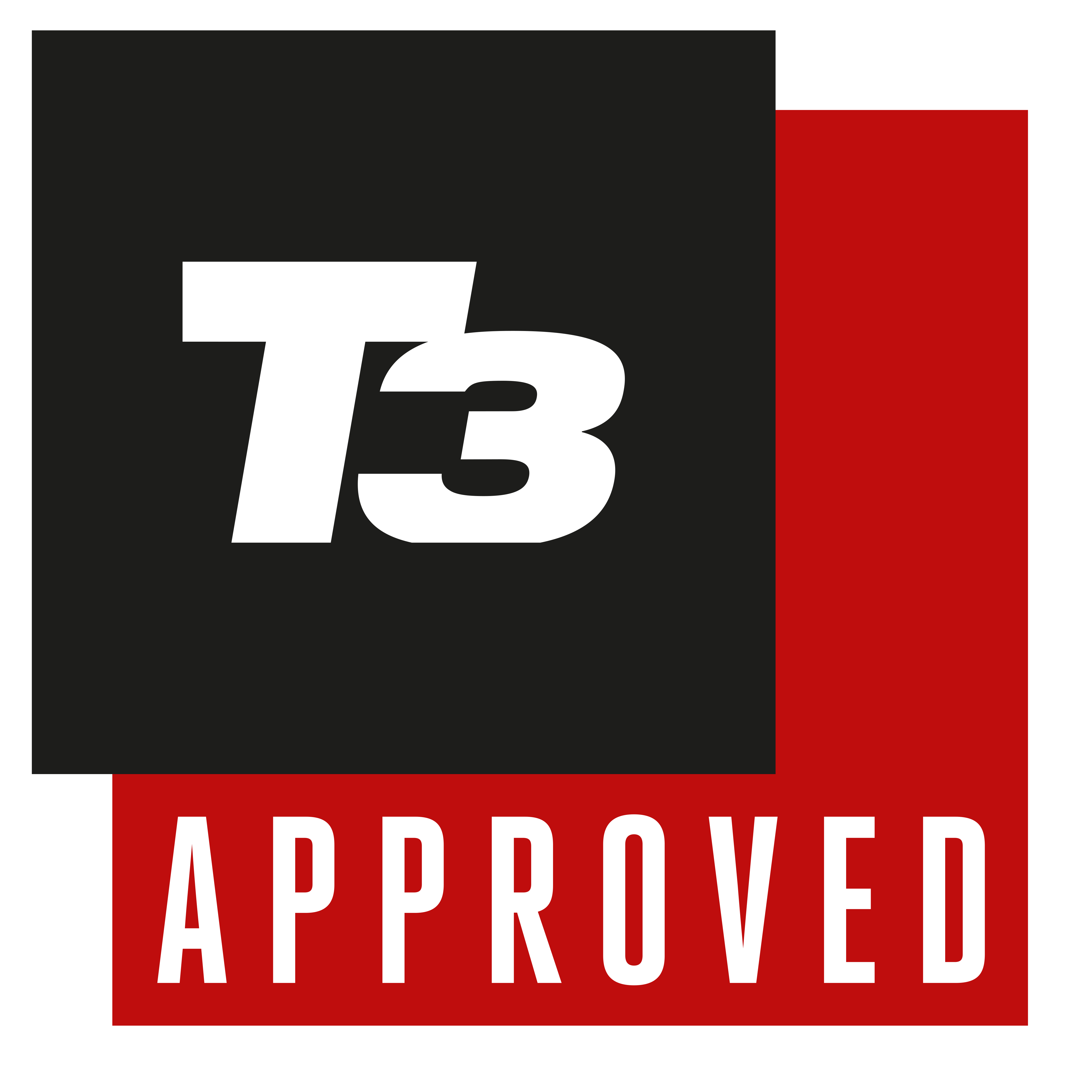
Specifications
Reasons to buy
Reasons to avoid
We don't apologise for including another MacBook in this list, because this is a fantastic laptop: absolutely packed with power, beautifully constructed, and definitely towards the more expensive end of the spectrum (though bear in mind it really will last you years and years).
Our MacBook Pro M4 review will tell you everything you need to know about this laptop, from the stand-out battery life to the HDMI capabilities and brilliant screen. This is an Apple laptop that's going to handle everything you want to throw at it, creatively speaking, and then some.
It's worth noting that there's now an M5 version of this MacBook Pro available, though it's still available from Apple in its M4 form too. Have a look at the latest pricing online to figure out how much power you're going to need and how much you're prepared to spend to get it.
Best for gamers
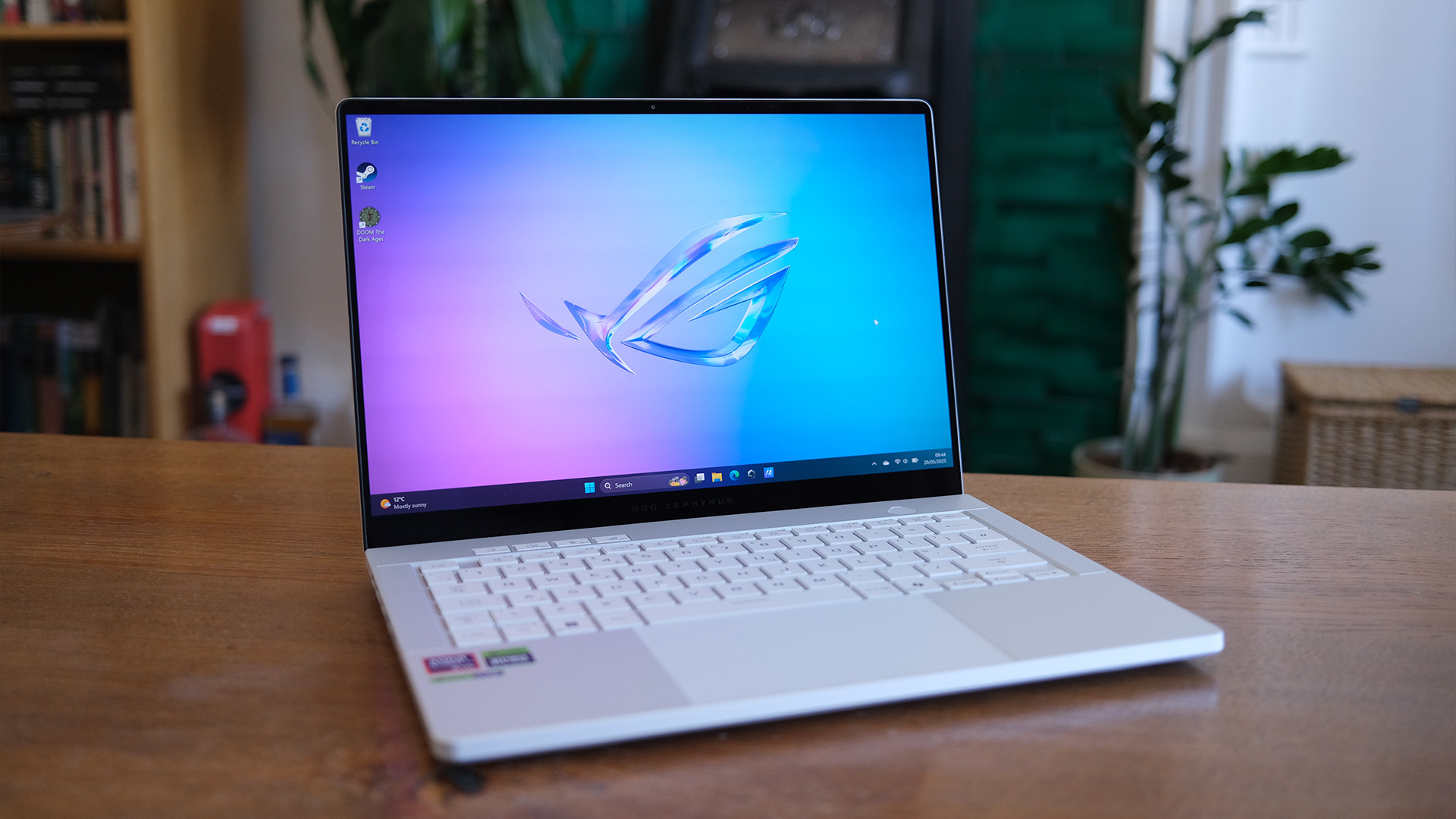
Specifications
Reasons to buy
Reasons to avoid
The Asus ROG Zephyrus G14 is just about our favourite gaming laptop of the year, and takes top spot here as the best gaming laptop we think you can buy right now: it's absolutely packed with power, and will be able to comfortably handle all the top-tier gaming titles you want to throw at it.
In our Asus ROG Zephyrus G14 review, we highlighted the laptop's excellent specs and performance levels. with the latest Nvidia graphics making a "seismic" difference to what you see on screen. You do need to plug it in for the best results though – it's not as good on battery power.
It's also a little on the expensive side, but it's definitely worth the investment if you're looking for a lot of gaming power in a compact package. "Gaming laptops don't come better than this" we concluded in our review, and it has plenty of aesthetic polish to go with it as well.
How to choose
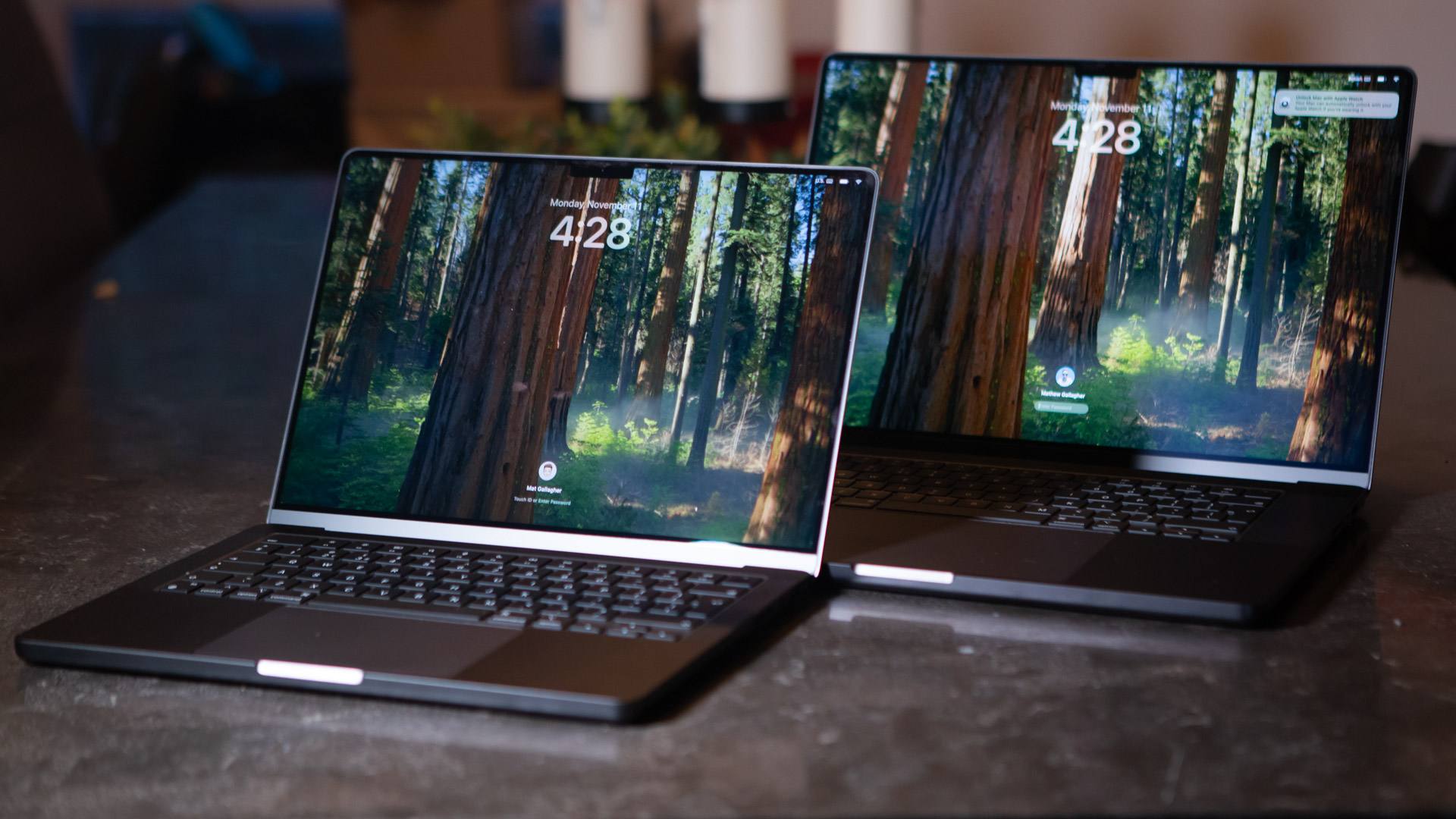
The laptop market continues to evolve, with new components and price pressure from low-end Chromebooks meaning you can now get more bang for your buck than ever before: it really is a great time to be choosing a laptop. If you're not familiar with the jargon you're coming across, we'd recommend first heading to our laptop terms and specs explainer first.
Picking the best laptop for you is all about compromise. If you want something as powerful as possible, then it's going to be bigger and less easy to lug around on your travels. If you want something slim and ultra-light, then you simply can't pack in as many components.
Another important consideration is which operating system you're going to go with: you may already have a favourite, but Windows is best for gaming, macOS is great for creatives, and ChromeOS is brilliant as a lightweight computing platform. Look at the strengths and weaknesses of each before committing.
Make sure you've weighed up exactly what you need to do with your laptop and the features that it needs to have before parting with any cash – otherwise you could be looking for an upgrade sooner rather than later.
Of course price is going to play a big part in your decision-making as well, and with that in mind we've included links to all the latest and greatest deals currently on the web for easy reference.
Honourable mentions
Lenovo Legion 5: if you're in the market for a capable gaming laptop without the high cost, then give this a long look – you get plenty of power for relatively little money. It's also quite compact for a gaming laptop, making it easier for you to carry around.
HP Envy 17: in our review we described this laptop as offering "broad appeal", and it's particularly of interest if you're after a large screen (17.3 inches corner to corner, to be exact). HP is a laptop brand you can rely on for longevity and reliability as well.
Dell 14 Premium: Dell may have retired the XPS branding, but the laptops that have come after are pretty decent too. The Dell 14 Premium brings with it. We like the long battery life, the sleek design, and the excellent performance that's on offer here.
FAQs
You've got questions about the best laptops on the market right now, and we've got answers – this short Q&A section should answer the main queries you've got about which model is going to be the right pick for you.
Windows, macOS, or ChromeOS?
When it comes to choosing the best laptop around, picking an operating system is a big part of making a decision. Most of the time you're probably going to want to stick to what you know, and pick a new laptop with the same OS as your current one.
If you do fancy a switch though, both Windows and macOS now offer very powerful, very mature operating systems. As usual with Apple, macOS is a little more locked down and secure – with Windows a little more open and customisable overall.
ChromeOS is basically just a browser and Android apps, but sometimes less is more: if you do all your computing on the web anyway, then Chromebooks can give you a fast, lightweight option where everything you work on is instantly saved to the cloud.
How important is the display?
You'll see multiple display types when shopping for a laptop, including OLED – which tends to be the best, and the priciest. Most important is the quality of the screen, not the display tech, so check out our hands-on reviews for the verdicts on those.
Screen size is always a trade-off with a laptop. A bigger display of course means more to look at – whether you're watching movies or editing spreadsheets – but a larger display also means a bigger laptop to lug around and more drain on the battery.
Pay attention to the screen resolution (in pixels) as well as the screen size. This resolution actually determines how much can be squeezed in on screen, and more pixels are going to make a difference for everything from photo editing to gaming.
What might I be forgetting?
One feature that tends to get forgotten about or ignored completely when it comes to laptops is connectivity: be sure to check how many ports you've got around the sides of each model, which let you hook up monitors, USB hubs, input devices, and more.
As with the display (see above), there's going to be a compromise here. Having more ports means you can connect more external devices – such as a hard drive for backing up all your data, for example – but will also add to the weight and size of the computer.
It's probably a good idea to weigh up exactly what you want to connect to your laptop ahead of time, and using what kind of connections. Remember you can always connect devices via Bluetooth or plug in a hub or docking station if you need to.
Reviewer panel

As mentioned up at the top, Dave has a wealth of experience in reviewing laptops of every shape and size – from lightweight Chromebooks that are able to last all day on their internal batteries to heavy duty gaming machines that definitely don't.

Tom is a freelance writer and author, but also a dab hand when it comes to testing the best new laptops – especially Chromebooks. In another life he was involved in editor roles at Professional Photography magazine, Creative Bloq, and Net magazine.

All hail the editor-in-chief! Mat has a keen interest in everything tech – hence his job here at T3 – and is particularly a fan of MacBooks, as you'll see from his reviews on this page. He brings many years of tech experience and expertise to all of his writing.

As a seasoned freelance tech journalist, Andrew definitely knows his way around a laptop, no matter what operating system it's running. Laptop and computing content is actually his speciality here at T3, and he's been in the business for over 15 years.

Trusty staff writer Max spends all of his days immersed in the latest technology, and he's been reviewing laptops for years. You'll find his takes on laptops insightful, informed, and invaluable if you're trying to find the best laptop for you right now.
Get all the latest news, reviews, deals and buying guides on gorgeous tech, home and active products from the T3 experts
Dave has over 20 years' experience in the tech journalism industry, covering hardware and software across mobile, computing, smart home, home entertainment, wearables, gaming and the web – you can find his writing online, in print, and even in the occasional scientific paper, across major tech titles like T3, TechRadar, Gizmodo and Wired. Outside of work, he enjoys long walks in the countryside, skiing down mountains, watching football matches (as long as his team is winning) and keeping up with the latest movies.
